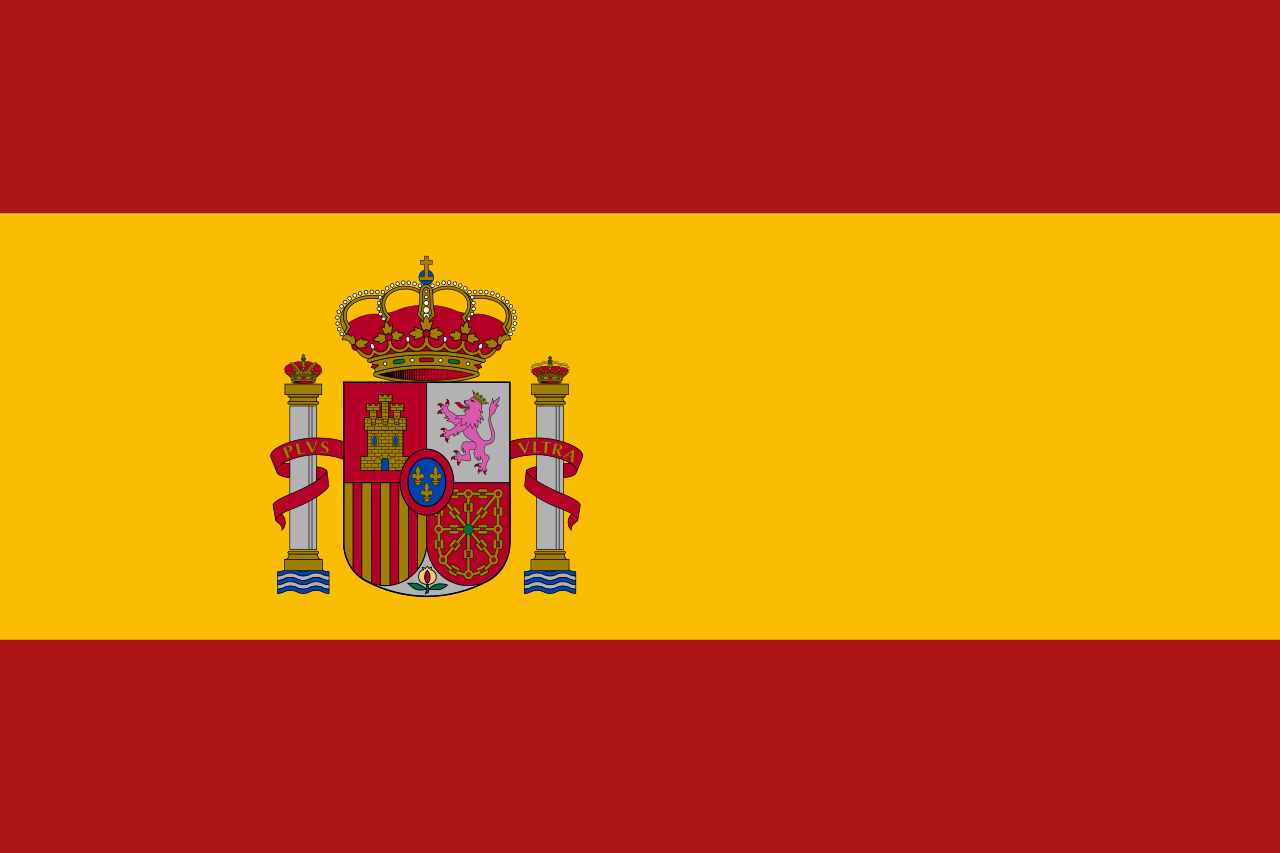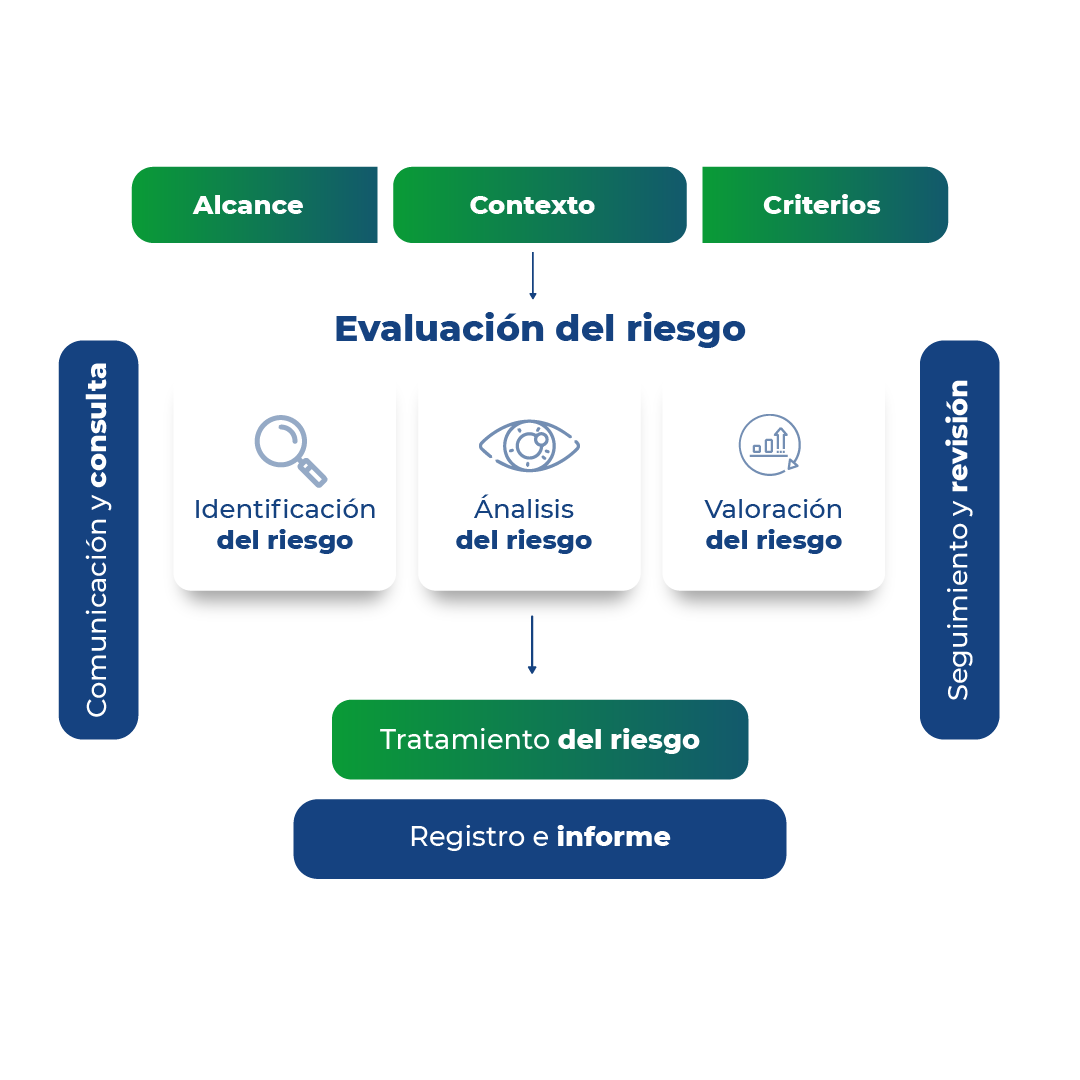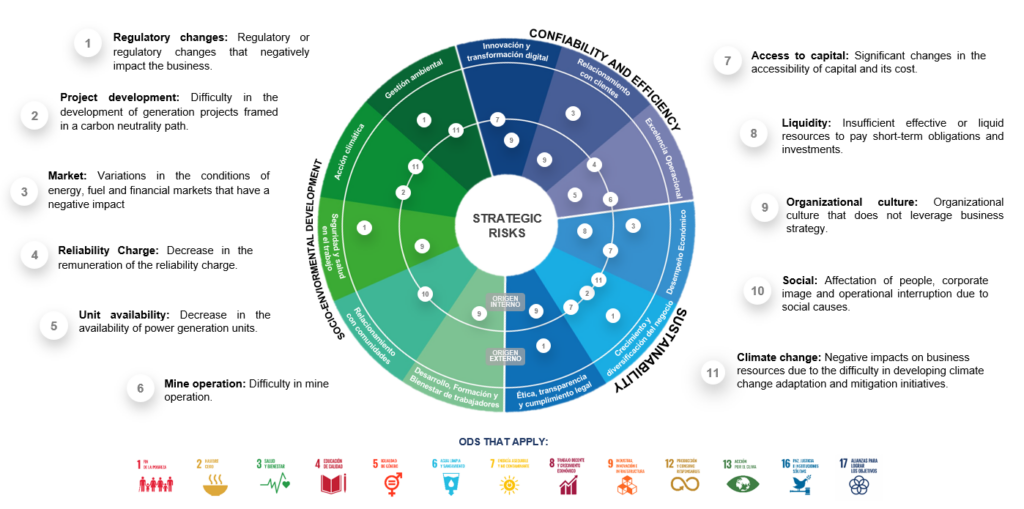STRATEGIC PLAN
For our company, Strategic Planning is a management tool that allows us to establish our direction and the path we must follow to achieve the planned goals, taking into account changes in the environment.
Thus, Strategic Planning is an exercise in formulation and goal setting and must be comprehensive, flexible, and dynamic.
The strategic planning process is designed for a five-year scenario and is reviewed and approved annually by the Board of Directors. Its development is the responsibility of the entire organization and is mainly composed of the following stages:
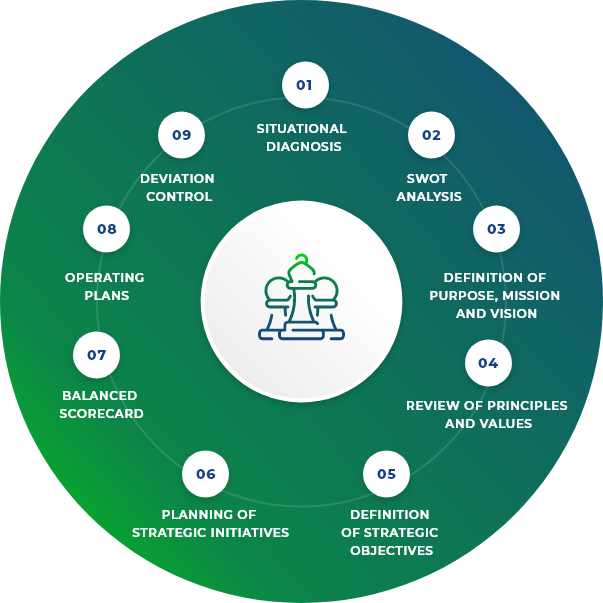
Our objectives give life to the strategic direction and challenge us to achieve the proposed goals.
For 2024, GECELCA has strengthened its strategy by adopting a sustainability structure to respond to the dynamics of the energy sector, the just energy transition, and the challenges of sustainable development. This is done by focusing its strategy on managing its material issues and contributing to the SDGs, in order to achieve a comprehensive strategic direction that creates value for its stakeholders in a competitive way.
To achieve our vision of having a diversified energy portfolio of 1500 MW by 2035, framed in a path towards carbon neutrality, we have defined the following strategic objectives for the 2024-2028 horizon:
INTEGRATED RISK MANAGEMENT (IRM)
For GECELCA, Integral Risk Management – GIR is of vital importance to support the achievement of objectives, the creation and protection of value, and to improve organizational performance.
The scope of the activities carried out in integral risk management for Gecelca S.A. E.S.P. encompasses strategic, key, and support processes. This system allows the interaction of strategic and process risks with the organization’s objectives.
The methodological framework used for Integral Risk Management at Gecelca S.A. E.S.P. is based on NTC ISO 31000 of 2018, which establishes the following phases:

From the application of the risk management process, we have defined a map that identifies the risks we are exposed to, which is periodically reviewed in order to keep it updated and aligned with changes that may occur in the internal and external contexts of the organization. Additionally, both the update and the methodology used are presented at the Audit Committee for their knowledge, review, and follow-up.
Below, we present our Risk Map:

For each identified risk, treatment measures have been defined, including initiatives aligned with the Strategic Plan. These initiatives are constantly monitored to verify their execution and assess their effectiveness.
BUSINESS CONTINUITY MANAGEMENT SYSTEM – SGCN
GECELCA’s Business Continuity Management System has the following main objectives:
- Protect life, assets, and the environment in the event of disruption of normal organizational processes.
- Ensure business continuity in scenarios of process disruptions.
- Strengthen trust, reputation, and the delivery of value by GECELCA to its customers, collaborators, regulators, and stakeholders in the energy market.
To achieve this, a governance structure is in place to respond to a disruption event, ensuring responsibility, authority, and competence to handle an incident.
Consequently, a policy has been defined where GECELCA commits to develop, implement, provide resources, maintain, and continuously improve the Business Continuity Management System that will allow it to protect life, communities, and the environment, mitigate existing and future business disruption risks, as well as reasonably ensure conditions for the recovery of critical processes’ operation in the event of a business continuity incident and comply with the company’s legal and regulatory requirements in this matter.

INTEGRATED MANAGEMENT REPORT
learn about our integrated Management Report prepared and verified under GRI standards by INCONTEC
This report consolidates the results of our management during the year, framed within the three dimensions of sustainability: Economic, Environmental, and Social.
This report consolidates the results of our management during the year, framed within the three dimensions of sustainability: Economic, Environmental, and Social.

